The software development life cycle is a scripted process that, when applied correctly, produces functioning software that meets a customer’s requirement. Various SDLC tools and available development models are explored here to help software development managers select the best for their development teams.
What Does SDLC Software Do?
The software development life cycle is a systematic process consisting of phases that enable development teams to create high-quality, sustainable, low-cost software in the shortest time possible. In addition, the SDLC process aims to produce functioning software that meets or exceeds customer requirements and expectations.
What Features Must Be Present in SDLC Software?
Rarely is the first release of an application fully operational, so one of the must-have features in SDLC software is error monitoring and crash reporting.
The software should also have an automated software delivery process that moves developed code from a testing environment to a production environment after the code has been thoroughly tested in the test environment. Other must-have features include:
- Automated security testing identifies flaws in developed code and validates the developed software is meeting the expected results.
- Version control allows multiple programmers to work on different parts of an application and track changes to the code. Version control collates each piece of changed code and creates the latest version that can be sent to programmers for added changes and tracked with a different version number as required.
- Collaboration tools allow programming team members to communicate during the application development process.
What Are the Must-Have Integrations?
Integration is a must-have feature in SDLC software because it allows software development teams to test a software solution with all of the required hardware and software components. Defect tracking, requirement management, testing management, and source control management are integration tools that help applications get deployed into production faster.
- Defect tracking tracks a group of changes to individual files that become a specific defect record.
- Requirement management involves documenting, analyzing, and tracking agreed-upon software requirements and communicating any changes to interested parties.
- Testing management involves managing the test cases and recording the results against a provided software baseline. Testing management integrates with requirement management to validate every requirement. Defect testing tracks every failed test case.
- Source control management tracks and controls software changes with revision numbers that become created software baselines.
Integrated development environment (IDE) code editors provide a compiler and debugger and have built-in automation tools to perform some of the integrated testing tasks.
Top 8 SDLC Tools
Software development life cycle tools don’t always offer the same features or integrations. Therefore, we will review some available tools on the market to allow software managers and developers to see a subset of SDLC tools available to help them better define their business requirements to meet their software development needs.
SDLC Software Comparison Chart
| SDLC Software Tool | Bug/Defect Tracking | Iteration Management | Version Control | Release Management | Third Party Integration | Collaboration Tools |
|---|---|---|---|---|---|---|
| ClickUp | No | Yes | Yes | Yes | Yes | Yes |
| Implementer | Yes | No | Yes | Yes | Yes | No |
| Jama Connect | Yes | Yes | Yes | Yes | No | Yes |
| Open DevOps | Yes | Yes | Yes | Yes | Yes | Yes |
| Orcanos | Yes | Yes | Yes | Yes | No | Yes |
| SpiraTeam | Yes | Yes | Yes | Yes | Yes | Yes |
| Waydev | No | No | Yes | No | No | No |
ClickUp
ClickUp is a productivity platform that can natively integrate with GitHub, GitLab, and Bitbucket software development tools to track all the commits, merges, and push requests during the software development process. In addition, developers can use the Agile project management framework provided by ClickUp to prioritize requests and execute project planning with a clear understanding of the objectives. Using Agile, users can organize sprints and collaborate with team members during the development process.
Best For: Software development teams
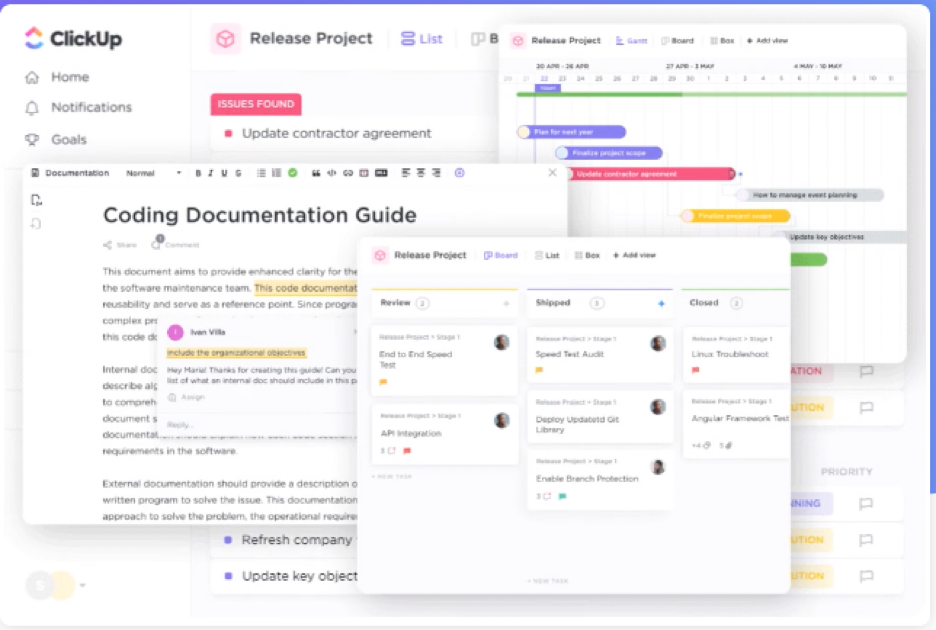
Implementer
Implementer is designed to be easy for beginners with its graphical user interfaces (GUI). IBM’s Implementer offers a software configuration manager (SCM) and an application life cycle manager (ALM) that simplifies the software development process. In addition, Implementer allows users to track previously compiled objects as historical information to help identify any unique characteristic changes from earlier or recent compiles.
Concurrent development effort allows different developers to work on copies of the same source code that helps expedite the development process. In addition, Implementer protects code from unauthorized access with its secure promotion technology.
Best For: IBM users
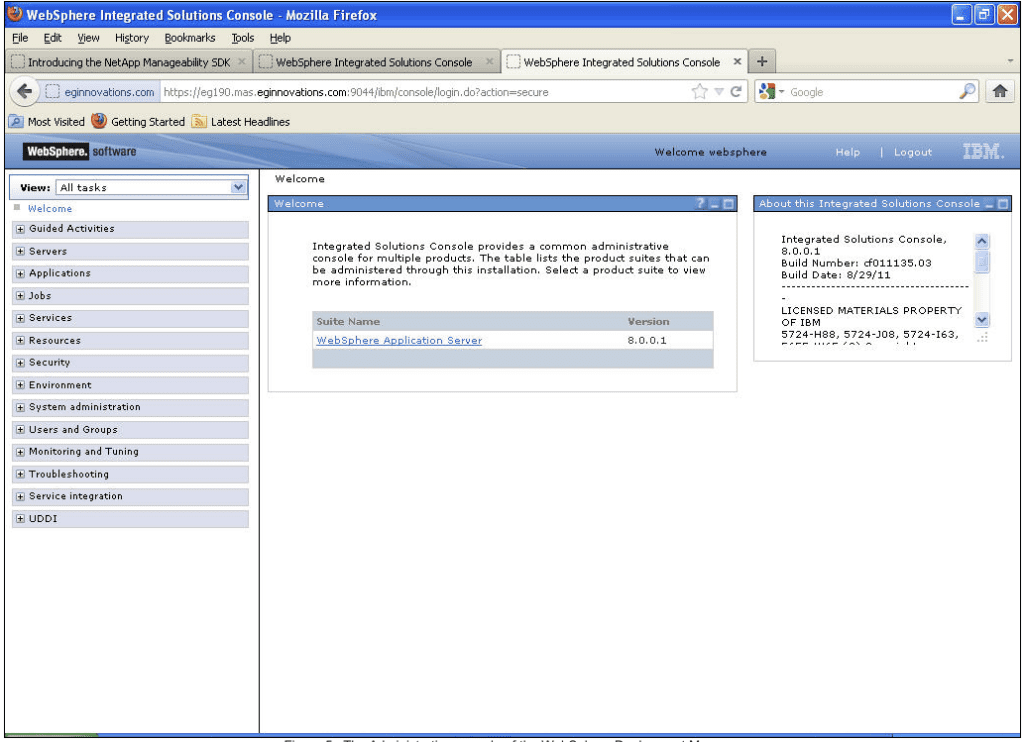
Jama Connect
Jama Connect is a product development platform that can help companies reduce development time for complex software. Jama Connect offers catalogs of reusable software versions and sets of requirements that can be reused for future needs. By reusing existing code, design inconsistencies can be reduced with versioning, baselining, and change management.
Jama Connect improves change management by using a live traceability function by linking requirements across the entire SDLC process. Tracing code changes helps teams maintain a formal change process, execute impact analysis, and show interdependencies amongst processes that help decision-making processes.
Best For: Test and system engineers, product managers, and business analysts who want to manage projects while tracking changes
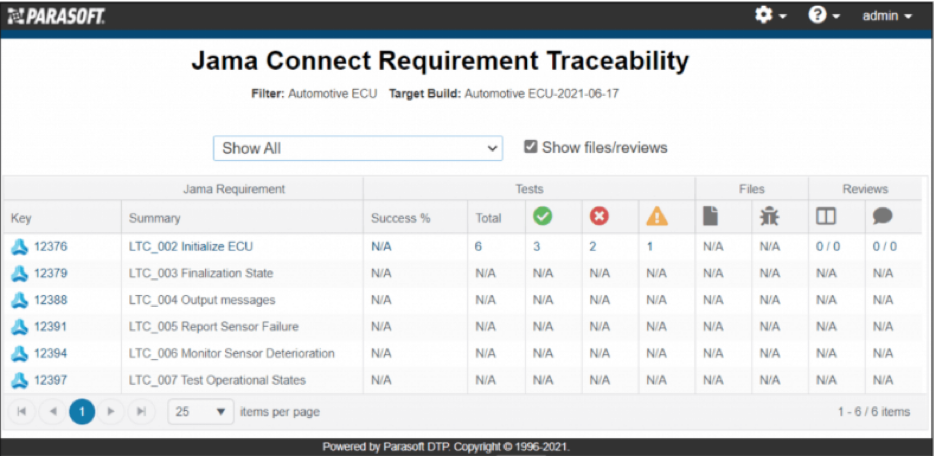
Open DevOps
Open DevOps is an Atlassian software development solution that uses the Agile model for code development. It integrates with Jira for Agile planning, Bitbucket for continuous integration and continuous delivery (CI/CD) processes, Opsgenie for altering and incident response, and Confluence for documentation.
Each of these tools that integrate with Open DevOps significantly improves the software development process. For example, Bitbucket reduces time on code reviews, deploys code faster with its CI/CD tool, and helps developers detect code issues.
When integrated with Dynatrace, Jira lets developers see what is going on with branches and pull requests withinthe repositories a development team is working on. Jira allows the development team to see what the customer is using and what issues may arise from the latest release.
Confluence documents design specifications, release notes, and any information deemed necessary. Opsgenie alerts teams when critical problems are identified and any additional information to help developers resolve the issue quickly.
Best For: Software development businesses
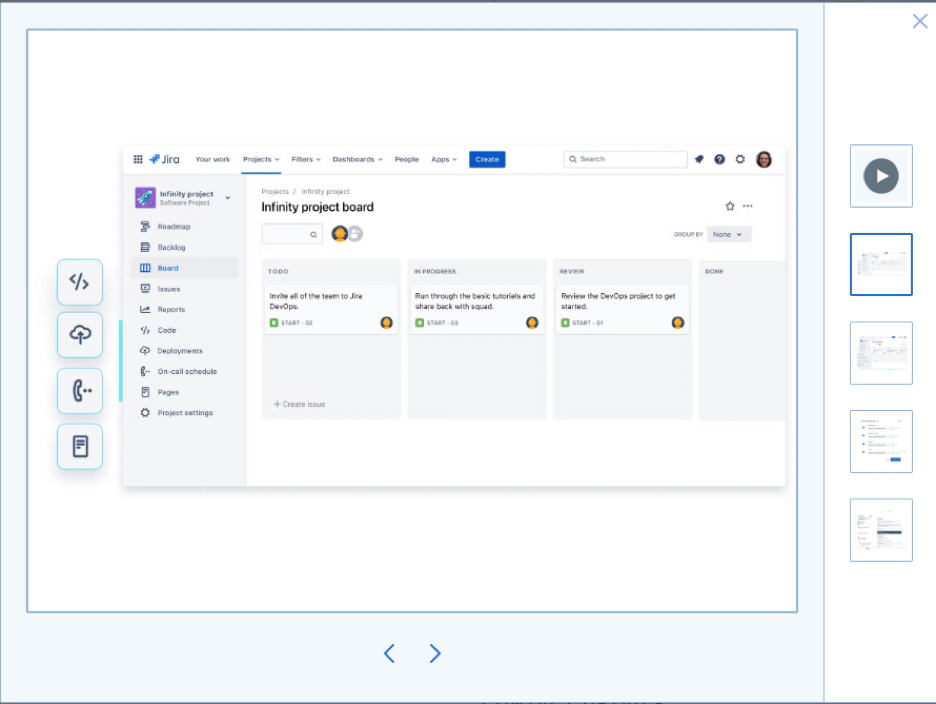
Orcanos
Orcanos uses the application life cycle management model and quality management systems (QMS) development tools to help companies meet strict mandatory compliance requirements. In addition, Orcanos uses compliance management software as a service (SaaS) to help manufacturing industries meet regulatory compliance for medical devices and automotive components.
Orcanos requirements management tools help medical device manufacturers address challenges in the developmental stages. The earlier the challenges are identified through requirements traceability, the better the chances are the medical device will remain in compliance with industry standards.
The risk automation feature can be set up using a risk calculation method to address business processes not meeting an established standard. In addition, Orcanos provides an online document repository that team members can use to collaborate to get the most accurate information for a given project.
Best For: Medical device manufacturers
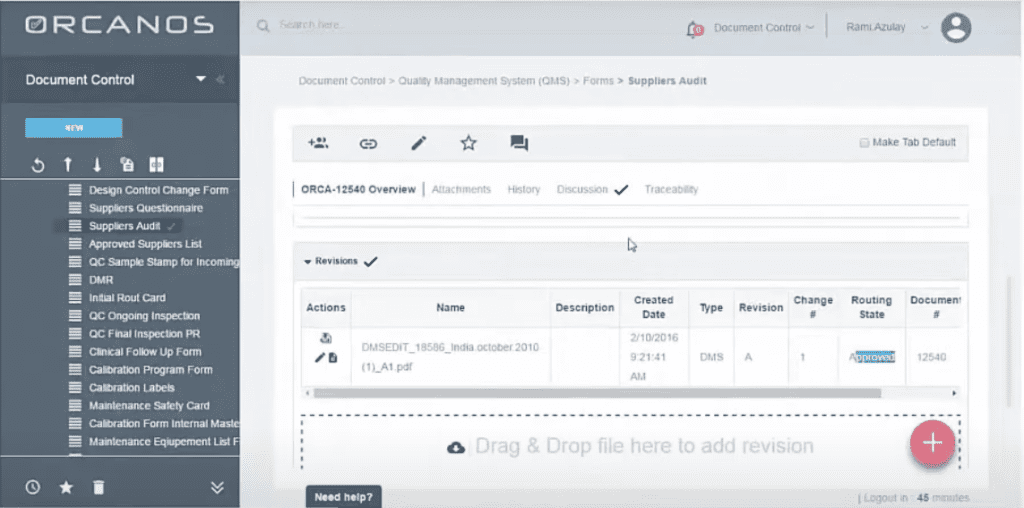
SpiraTeam
SpiraTeam uses an ALM software development process that manages all code-related, project management, and documentation artifacts in one unified environment. In addition, SpiraTeam includes an extensive library of plug-ins and add-ons, allowing it to integrate with other software systems.
For example, SpiraTeam can be incorporated into a business’s IDE and enable developers to view assigned requirements, incidents, and tasks in the same environment where code is developed. Furthermore, the bug and defect tracker can seamlessly integrate with other major bug-tracking systems using its data-synchronization infrastructure, which adds to the developer’s ability to track and detect software bugs easier.
Best For: Project managers, business analysts, and QA managers who need to track the entire project from requirements to software product delivery.

Waydev
Waydev focuses on software engineers’ efficiency by using data-driven information that helps software businesses deliver their software products to customers faster. Waydev analyzes codebases and software pull requests that will be integrated into a centralized project repository and track CI/CD activities to improve overall productivity. In addition, Waydev helps businesses measure organizational-level efficiencies to optimize the overall development process.
Best For: Technology companies with significant engineering staff.

What Are the Significant Differences Between Each Tool?
All of the application development tools reviewed goals are to produce quality software or a specific product using the software. ClickUp and Open DevOps integrate with popular software development tools, such as Bitbucket, GitHub, and GitLab. Still, ClickUp and Open DevOps differ in that ClickUp has many easy-to-use templates for day-to-day business processes that DevOps does not.
Like ClickUp, Jama Connect offers solutions by industry. While ClickUp uses templates to expedite the creation of a business process, Jama Connect uses reusable versions of created software that can meet a similar business need. Jama Connect is a productivity platform focusing on companies building complex software and systems with its engineering staff.
Both Orcanos and Waydev have engineers on staff to develop their respective products. Waydev uses many of the same software development tools Open DevOps and ClickUp use. Still, WayDev uses a Git Analytics Intelligence Platform for engineers to optimize the software development process. Orcanos is a compliance management SaaS platform that focuses on making sure any medical devices it makes are in regulatory compliance.
Implementer uses proprietary IBM resources for its ALM and SCM in the software development process. The IBM Workbench uses a graphical user interface that is easy to use and speeds up the development process. SpiraTeam also uses an ALM development process to manage requirements, releases, and test cases in one unified environment with the ability to customize the dashboard. However, the Implementer is limited to IBM users. SpiraTeam can be used by a wider audience, even though both products can be used by project managers, business analysts, and quality assurance managers.
Why Can’t PMs Use Software Not Made for SDLC?
The sophistication of SDLC software with the available features to address all of the steps in the development process can save countless hours and reduce any possible re-work due to missing a step. Spreadsheets or databases do not capture all of the details needed to develop a software application.
SDLC software tracks and manages version control, deployment tracking, customer experience monitoring, and the ability to use a third-party development tool. SDLC software intends to produce high-quality, superior software in the shortest time possible.
What Are the Most Popular SDLC Tools and SDLC Models Used Today?
Any SDLC model can be effective if it’s used correctly. The iterative and spiral models can be used, but they are not as popular as some of the other SDLC models used today. The prototype model proves a programming application can work by executing some portion of a larger application.
Iterative Model

Prototype Model

Spiral Model
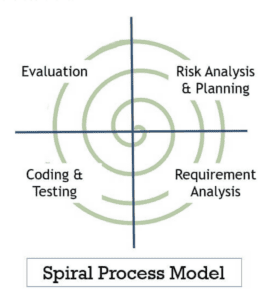
Today’s most popular SDLC model is Agile SDLC, often paired with a proven project management methodology. Jira, Git, Confluence, Bamboo, Sourcetree, and Bitbucket are today’s most popular software tools. Each of these products does something a little different. There may be some overlapping, but when combined correctly as part of a development application suite for a team of developers, customers can expect a software product to meet or exceed their business needs.
Agile software development model
The Agile software development iterative approach involves small incremental improvements of software code for frequent releases, also known as sprints. Agile focuses on repetitive customer interaction through collaboration, incrementally executing functioning software code and responsiveness to changing requirements.
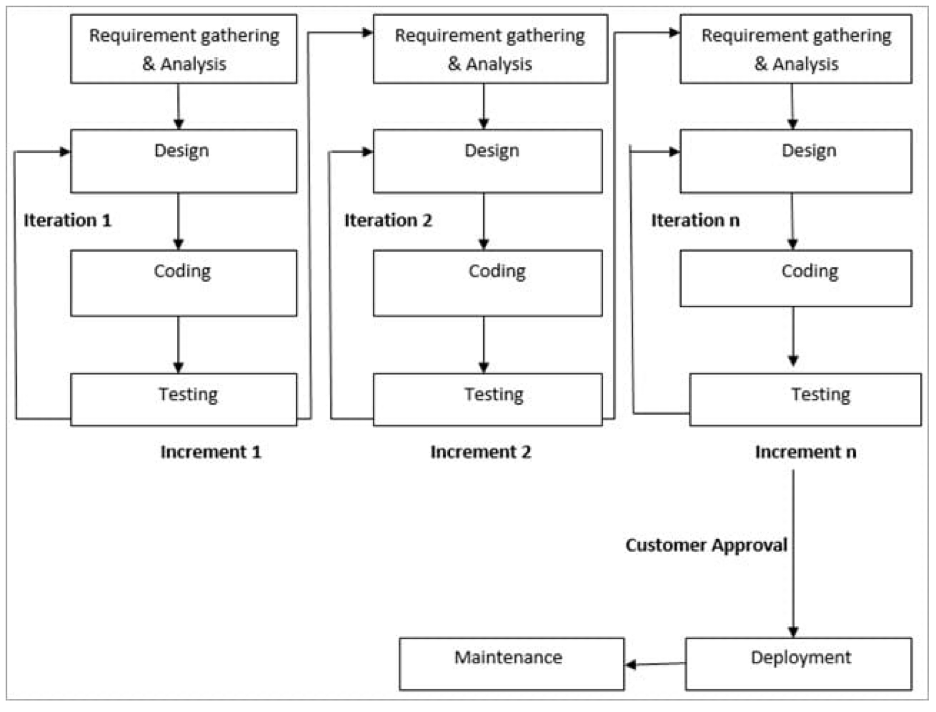
V-shape software development model
The V-shape model enables businesses to deliver quality products with an improved system development process.
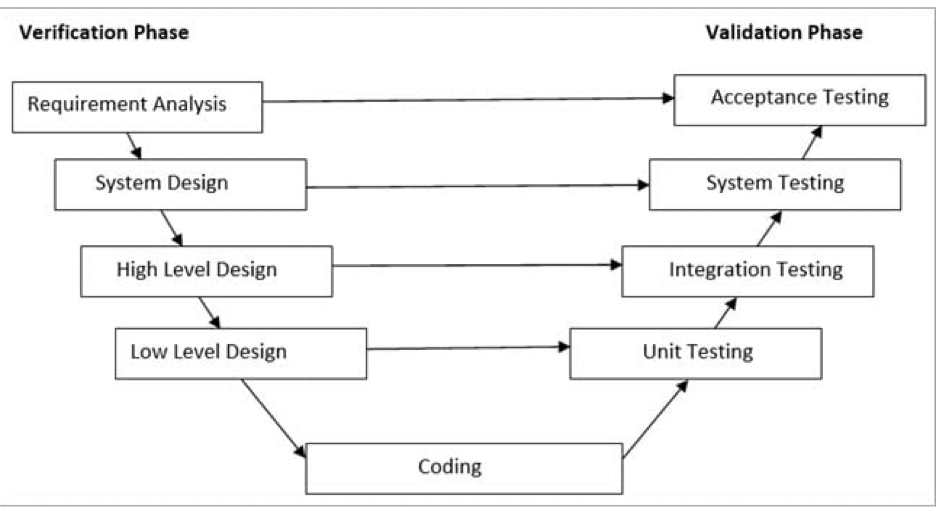
Application life cycle model (ALM)

ALM software development allows an application to be repetitively improved through the ALM model.
Waterfall model
The Waterfall model is a sequential set of steps from requirements to release. With some vendors, the Waterfall model is used as a hybrid development for companies that cannot use pure agile methodologies.






